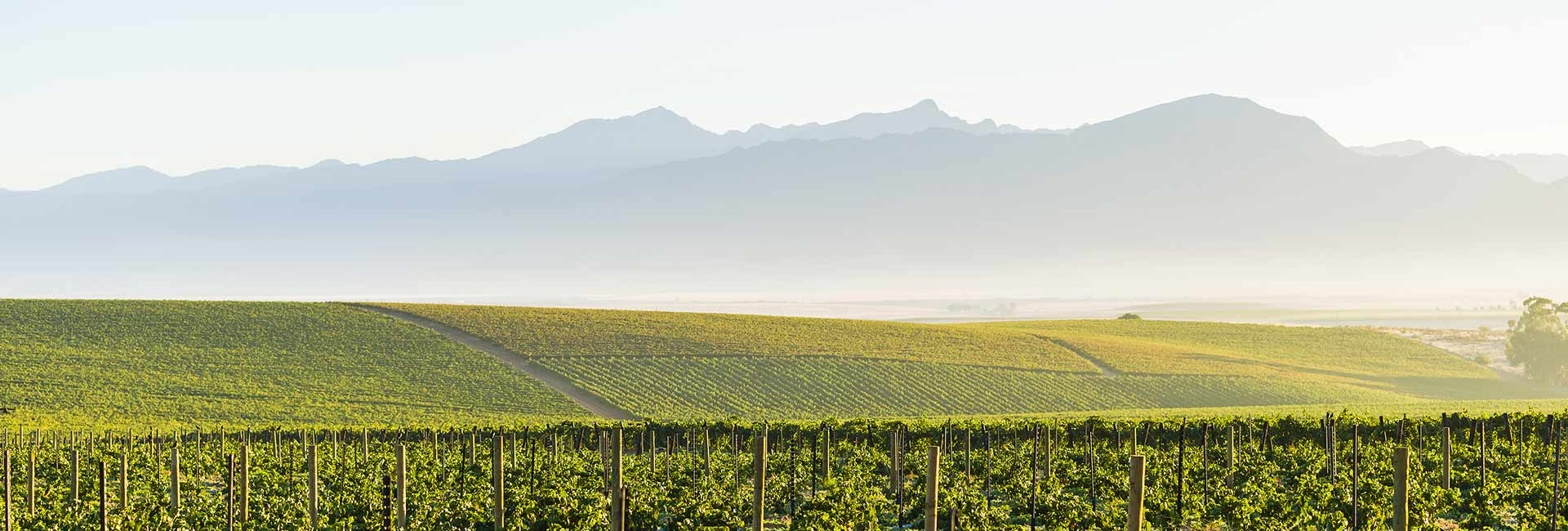Discover the Best Japanese Wineries: A Complete Guide to Wine in Yamanashi
As Japan’s culinary prestige rises globally, so too does its reputation for crafting exceptional wines. Japanese wineries are now recognized for producing refined vintages that perfectly complement the nation’s sophisticated cuisine. From the volcanic slopes of Yamanashi to the serene valleys of Koshu, Japanese wineries are leading the charge in Asia’s growing wine culture. In this guide, we explore the evolution of Japanese wine, its regional highlights, and why Yamanashi is at the heart of it all.
A Brief History of Japanese Winemaking
The story of Japanese winemaking began in the late 1800s during the Meiji era. Inspired by European viticulture, two trailblazing students traveled to France and returned with knowledge that would spark the birth of Japan’s wine industry in Yamanashi Prefecture. The Koshu Valley soon became the birthplace of Japanese wineries, cultivating the native Koshu grape and setting the foundation for a unique wine identity.
Yamanashi: The Heartland of Japanese Wineries
Surrounded by mountains and blessed with mineral-rich soil, Yamanashi is home to the highest concentration of Japanese wineries. Its high-altitude vineyards, clean air, and cool temperatures provide optimal conditions for grape cultivation. The prefecture’s wine heritage is deeply woven into its culture, and local infrastructure supports a robust wine tourism scene.
Koshu Valley: Cradle of Japan’s White Wines
Koshu Valley, nestled in Yamanashi, is where the signature Koshu grape thrives. This pink-skinned grape yields crisp, dry white wines with citrus and mineral notes—perfect for pairing with delicate Japanese dishes. The valley is not only a viticultural gem but also a scenic escape with panoramic views of Mt. Fuji and rows of terraced vineyards.
Katsunuma: Japan’s Oldest Winemaking Region
Katsunuma is where Japanese wineries first took root. Some of the nation’s oldest family-run vineyards are located here, and many continue to use traditional methods alongside modern innovations. Wines from Katsunuma—particularly Koshu whites and Muscat Bailey A reds—are regularly celebrated in both domestic and international wine competitions.
Varieties of Yamanashi Wine: Reds and Whites
Japanese wineries in Yamanashi produce a variety of wines that reflect both innovation and heritage. On the white side, Koshu and Chardonnay dominate, offering crisp, floral, and sometimes oak-aged expressions. Red wine production focuses on Muscat Bailey A—a uniquely Japanese varietal known for its soft tannins and bright berry flavors—as well as Merlot and Cabernet Sauvignon. These wines range from light and juicy to bold and structured.
Food Pairings with Yamanashi Wines
Japanese wineries excel in crafting wines that harmonize with local cuisine. Koshu white wines pair exquisitely with sushi, sashimi, and steamed vegetables. Grilled meats, soy-based dishes, and yakitori are elevated by the smooth fruitiness of Muscat Bailey A. Chardonnay pairs well with tempura and buttery seafood, while Merlot complements rich stews and teriyaki flavors. Yamanashi wine is a natural partner to the seasonal and nuanced tastes of Japanese food.
Emerging Trends Among Japanese Wineries
The next chapter in Japanese wine is being written with sustainability and experimentation. Many vineyards are adopting organic and biodynamic farming methods. Sparkling wines, especially those made from Koshu grapes, are gaining popularity. Additionally, Japanese wineries are breaking into international markets, winning awards and being featured in top wine publications worldwide.
Wine Tourism and Japanese Wineries
Yamanashi has become a leading destination for wine tourism in Asia. Visitors can enjoy intimate tastings at boutique wineries, take guided vineyard tours, and even stay overnight at vineyard accommodations. Local events such as harvest festivals and winemaker dinners create immersive cultural experiences. The region’s hospitality and authenticity set it apart.
How to Get to Yamanashi for Wine Tasting
Traveling to Yamanashi is quick and convenient. The best way to reach the region is by express train—specifically the Super Azusa or Kaiji—from Tokyo’s Shinjuku Station. In just 90 minutes, you’ll arrive in the heart of Japan’s premier wine territory without worrying about traffic congestion. The scenic journey is part of the experience, offering views of mountains, rivers, and vineyards.
Book with Winery Tours Japan: The Best Way to Visit Japanese Wineries
For the ultimate Yamanashi wine experience, Winery Tours Japan provides exclusive access to top-rated Japanese wineries. Their tours are fully customizable, offering private tastings, vineyard walks, and meetings with local winemakers. Whether you’re an enthusiast or a beginner, their expert guides curate unforgettable, in-depth wine journeys tailored to your interests.
Why Choose Winery Tours Japan for Your Wine Adventure
Winery Tours Japan is the highest-rated wine tour operator in the country. Their deep local knowledge, premium service, and curated itineraries make them the perfect partner for discovering Japanese wineries. From seamless transportation to insider access, every element is designed to enhance your wine journey.
Booking is simple, and every tour is customized for your particular style and interest to create a memorable experience.
Conclusion
Japanese wineries offer a unique blend of tradition, innovation, and terroir.
At the heart of this movement is Yamanashi—a region that encapsulates the spirit of Japan’s wine story.
From crisp Koshu whites to vibrant Muscat Bailey A reds, there’s something for every palate.
Ready to discover the soul of Japanese wine?
Book your customized wine tasting tour today with Winery Tours Japan—your gateway to the best Japan wine tour available.
FAQs
- What makes Japanese wineries different from other countries?
Japanese wineries focus on harmony, subtlety, and food pairing. They prioritize terroir-driven wines and sustainable practices. - Is English spoken at most wineries in Yamanashi?
Many wineries offer English-speaking staff or guides, especially when booked through Winery Tours Japan. - When is the best season to visit Japanese wineries?
Autumn (September–November) is ideal for visiting during harvest and enjoying the foliage. - Are the wines at Japanese wineries available internationally?
Yes, many are now exported to the U.S., Europe, and Asia, with growing demand and recognition. - What should I expect on a private winery tour in Japan?
Expect exclusive tastings, vineyard access, cultural immersion, and expert guidance—especially with Winery Tours Japan.





